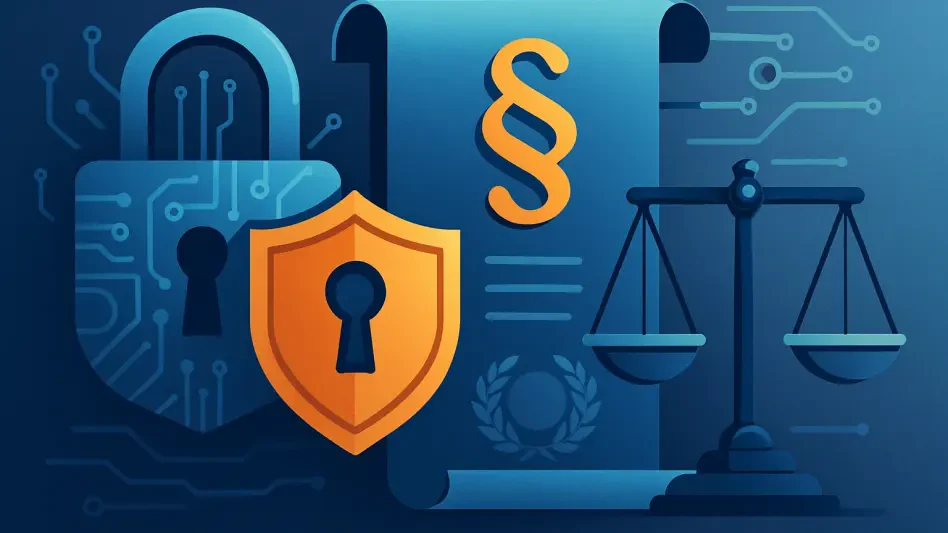In an era where digital connectivity prevails across personal and corporate realms, credential theft emerges as a formidable threat to global cybersecurity. As organizations increasingly rely on interconnected systems to streamline operations, safeguarding access credentials becomes paramount. However, the proliferation of infostealer malware and the illicit trade of stolen credentials present significant challenges, epitomized by the operations within the Russian underground economy. Among these shadowy platforms, the Russian Market has distinguished itself as a pervasive force, adept at circulating voluminous batches of compromised user data. This market has become synonymous with the sale of stolen credentials acquired for remarkably low prices, allowing cybercriminals to breach sensitive networks without substantial economic investment. Such activities not only undermine the security infrastructure of targeted entities but also foster a climate of uncertainty and vulnerability within digital landscapes worldwide.
The Rise of the Russian Market
Since its inception, the Russian Market has swiftly become a central hub for the exchange of stolen credentials, leveraging its simplicity and accessibility to appeal to a broad range of cybercriminals. Unlike other dark web platforms, the Russian Market requires minimal registration efforts from users, thus reducing barriers to entry. This ease of access has contributed significantly to its sustained operation despite external pressures and efforts to dismantle such illicit marketplaces. Utilizing infostealer malware, this platform systematically collects login credentials, browser fingerprints, and session cookies, subsequently organizing them into detailed categories that enhance their utility for malicious actors. The methodical storage of these logs within structured folders accentuates their tactical value, revealing intricate details about the targeted systems and providing insights into potential security measures deployed by victims. This comprehensive organization enables buyers to refine their attack strategies, paving the way for sophisticated intrusions tailored to exploit identified vulnerabilities.
The longevity and resilience of the Russian Market compared to competitors like Genesis Market and Exodus Market highlight the adaptability inherent within this underground domain. While other markets falter due to enforcement actions or lack of traction, the Russian Market thrives on its straightforward approach and reliable delivery of pilfered data. Its durability raises critical concerns regarding the ongoing challenge of credential theft and the necessity for robust countermeasures to counteract these persistent threats. As the market continues to operate and evolve, security experts must acknowledge its impact not only on individual networks but also on broader cybersecurity paradigms. Ensuring data security against these systematic credential theft operations mandates a proactive stance, encompassing heightened vigilance and anticipatory strategies aimed at preemptively addressing the dynamics of cybercrime.
Implications of Organized Credential Theft
The Russian Market’s precise categorization of stolen logs into manageable segments enhances its appeal, positioning it as an indispensable resource for cybercriminals seeking comprehensive data on targeted entities. Detailed organization assists in revealing software and security defenses previously deployed by the victims, allowing adversaries to tailor their attack techniques. This wealth of information facilitates diverse forms of cyberattacks, ranging from phishing campaigns to attempts at lateral movement within corporate networks. Consequently, organizations worldwide face intensified threats as actors capitalize on easy access to these curated logs to orchestrate malicious operations. The ramifications of organized credential theft thus extend far beyond immediate breaches, embedding long-term vulnerabilities within digital ecosystems.
Amid heightened demand, credentials associated with SaaS and single sign-on accounts have emerged as coveted commodities within illicit marketplaces like the Russian Market. Such credentials afford access to expansive interconnected systems, encompassing internal dashboards and CRM platforms, enhancing cybercriminals’ reach and impact. Despite the widespread adoption of multi-factor authentication to counter these threats, adversaries adapt by deploying innovative methods to circumvent security protocols, notably through session hijacking and adversary-in-the-middle phishing strategies. The persistence with which cybercriminals contend with existing security measures underscores the need for continuous development of counter-response mechanisms, as organizations endeavor to safeguard their digital landscapes against sophisticated adversaries. In the face of evolving credential theft tactics, sustained vigilance and adaptive security architectures provide essential deterrents to stymie intrusion attempts and fortify defense networks.
Evolution of Infostealer Malware
As cybersecurity landscapes undergo transformation in response to escalating threats, the phenomenon of infostealer malware stands prominent as an adaptive challenge confronting experts and organizations alike. These malicious programs exemplify resilience, continually evolving methodologies to evade capture and enforcement actions. The history of infostealer platforms encapsulates this dynamism, as exemplified by the meltdown of Raccoon Stealer following a significant law enforcement crackdown, leading to its diminished prevalence despite a brief resurgence. Conversely, Lumma Stealer emerged as a dominant entity, exemplifying ingenuity through deceptive techniques and robust support structures that cultivated preference among cybercriminal forums until its eventual takedown.
Following in its footsteps, Acreed has rapidly ascended into prominence, securing its position as a formidable contender within credential theft domains. Its emergence post-Lumma’s dismantling signifies continuity in infostealer evolution, marking shifts in software operations and criminal methodologies. Despite its novelty, Acreed has manifested familiar strategies likely inspired by successful predecessors, accentuating the cyclical nature of infostealer practices. Anticipating its progression requires proactive measures anchored in preemptive threat analysis and reinforced security frameworks. The trajectory of Acreed delineates an ongoing struggle within cybersecurity contexts, demanding sustained diligence to counteract the inventive maneuvers deployed by adversaries.
Protecting Against Credential Theft
The persistence of credential theft operations exemplifies an intricate challenge that necessitates far-reaching responses across organizational practices and cybersecurity strategies. Acknowledging the sophisticated attack vectors utilized by platforms like the Russian Market is crucial in developing robust defense solutions aimed at precluding unauthorized access. Strengthening authentication protocols remains central to these efforts, and the integration of multi-layered defenses is vital to safeguarding sensitive domains. Innovations in biometric authentication, advanced encryption algorithms, and adaptive security measures can potentially mitigate risks associated with compromised credentials.
Education and awareness play instrumental roles within cybersecurity paradigms, as cultivating informed stakeholders benefits overall resilience against credential theft schemes. Training programs aimed at identifying phishing attempts and recognizing suspicious activities enhance the frontline defense against emerging threats. Concurrently, collaborative efforts within industries to share threat intelligence facilitate collective empowerment in detecting and neutralizing looming threats. Through strategic partnerships, pooling resources contributes to mitigating vulnerabilities inherent within interconnected digital networks. The concerted campaign against credential theft requires comprehensive approaches underscored by cooperation and commitment across sectors.
Embracing Future Security Challenges
In today’s world, where digital connections are essential for both personal and professional activities, credential theft emerges as a major cybersecurity threat globally. Companies increasingly rely on interconnected systems for efficient operations, making the protection of access credentials crucial. However, the rise of infostealer malware and the illegal sale of stolen credentials pose serious challenges, as exemplified by activities within the Russian underground market. The Russian Market stands out as a powerful player, specializing in the distribution of large quantities of compromised user data. This notorious market has become known for selling stolen credentials at exceedingly low prices, enabling cybercriminals to infiltrate sensitive networks with minimal financial investment. These activities not only compromise the security infrastructure of targeted organizations but also contribute to an environment of uncertainty and vulnerability in digital landscapes across the globe, emphasizing the urgent need for robust security measures.








